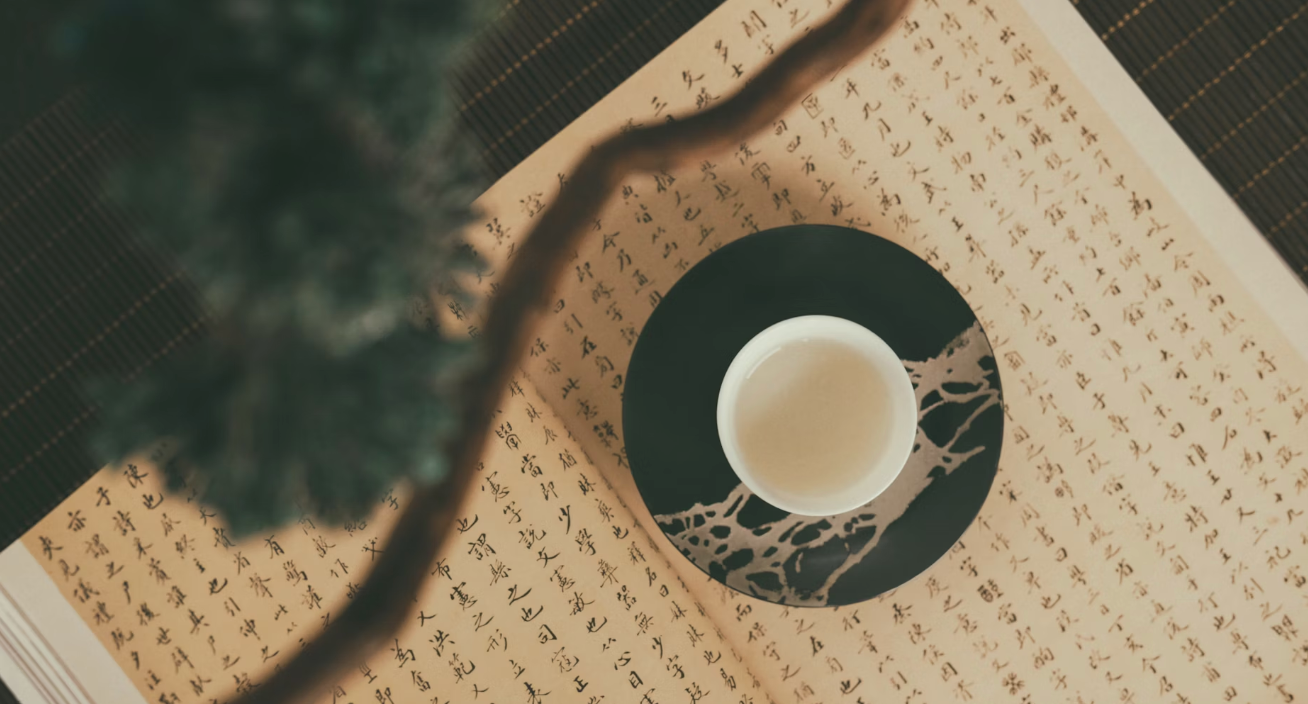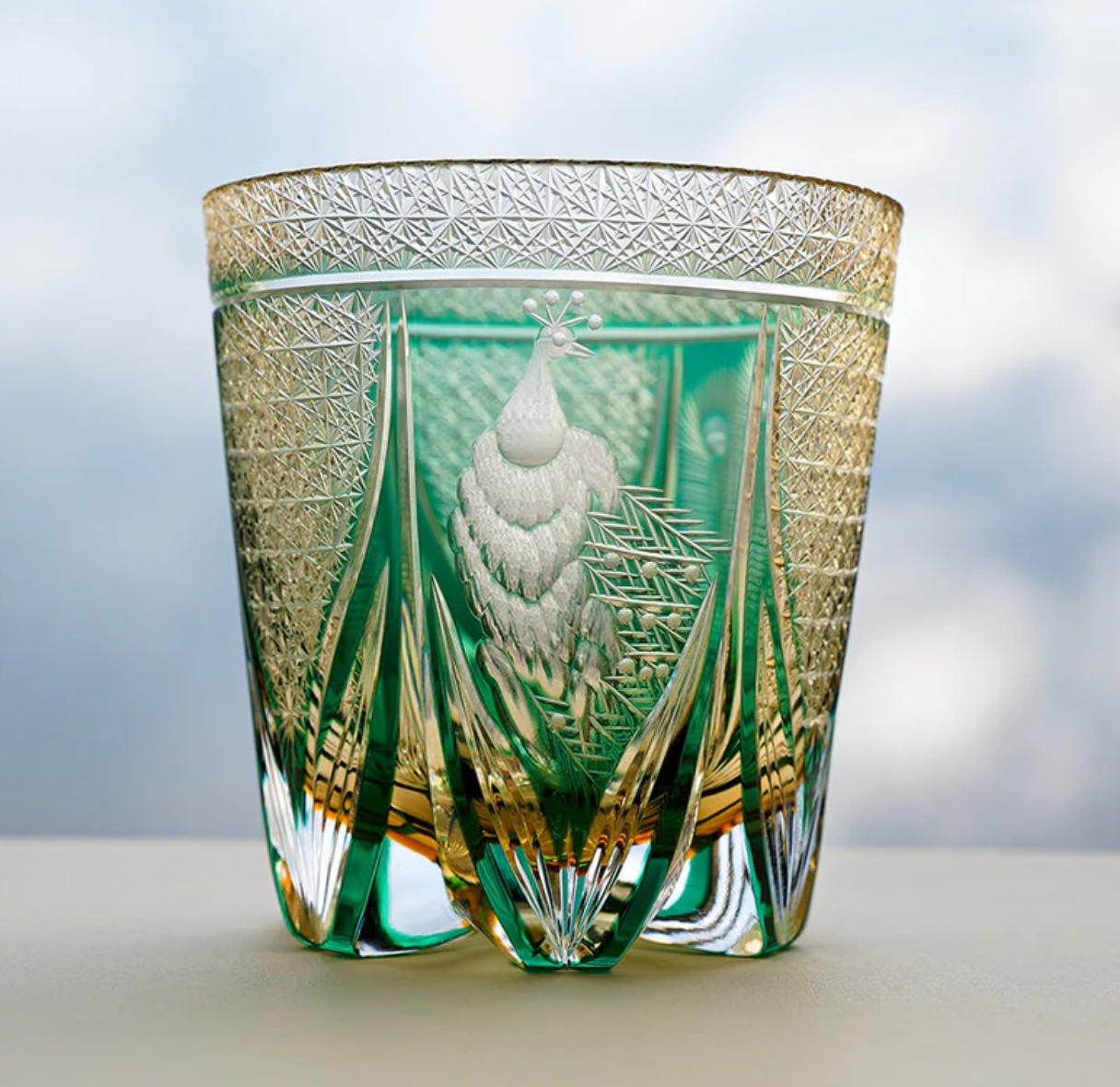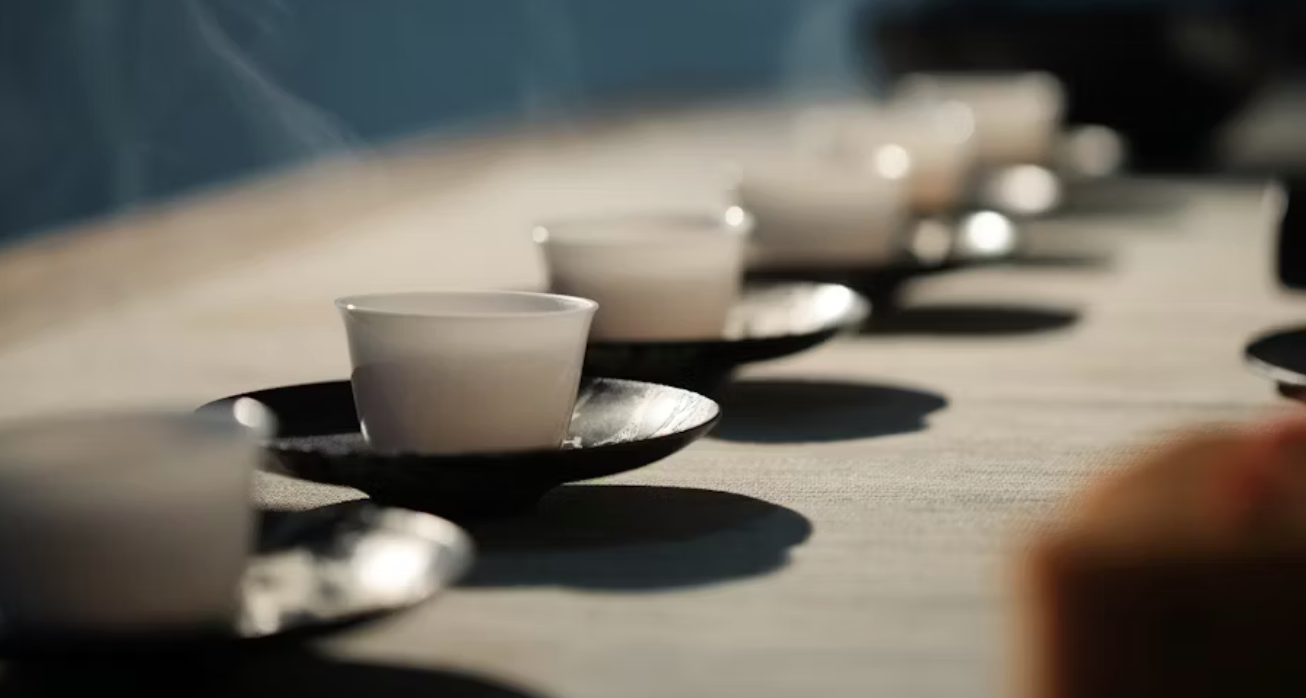
The Stroke of Silence: Finding Serenity in the Art of East Asian Calligraphy
In a world filled with constant noise and distraction, we often seek out practices that can help us find a moment of quiet focus. While meditation and yoga are well-known paths to inner peace, there is an ancient art form that offers a unique and beautiful journey into mindfulness: East Asian calligraphy and sumi-e (ink painting).
More than just a way to write characters or paint landscapes, this discipline is a form of meditation in motion. It requires a stillness of mind, a deep breath, and a singular focus on the present moment. Each stroke becomes an act of intentionality, a quiet conversation between the artist, the ink, and the paper.
The Four Treasures of the Study
The art of calligraphy and sumi-e is built upon a foundation of four essential tools, traditionally known as the "Four Treasures of the Study." Each is a work of art in its own right, meticulously crafted to serve a higher purpose.
-
The Brush (筆, Fude): Considered an extension of the artist’s spirit, the brush is often crafted from fine animal hair. Its balance and flexibility allow for a fluid and expressive stroke, transforming intention into form.
-
The Inkstick (墨, Sumi): Made from soot and glue, the inkstick is a solid block that must be ground with water on the inkstone to create the liquid ink. This careful, rhythmic act of grinding is a central part of the meditative ritual, a moment of preparation that brings focus to the mind.
-
The Inkstone (硯, Suzuri): This is the well where the ink is prepared. Often a beautifully carved piece of stone, it is a sturdy and elegant tool that provides a smooth surface for grinding and holds the liquid ink.
-
The Paper (紙, Kami): The paper, or scroll, is the final canvas. Its quality and absorbency are crucial, as it will hold the final, un-erasable stroke, a testament to the artist's complete presence.
A Meditative Practice, One Stroke at a Time
The philosophy behind this art is one of profound patience and disciplined mindfulness. The focus is not on achieving a perfect result, but on the process itself.
Before a stroke is made, the artist must achieve a state of inner calm. The breath is controlled, the posture is aligned, and all external distractions fall away. The moment the brush touches the paper, the stroke must be decisive and complete. There is no going back, no room for correction. This teaches a valuable lesson in life: to live and act with presence and without regret.
The art is also a study in balance. The single, powerful character must find harmony with the emptiness of the surrounding paper. This dance between "fullness" and "emptiness" is what gives the art its elegance and depth, reflecting a greater harmony found in nature and in life itself.
The Art as an Expression of Inner Peace
The final product of this practice, whether it’s a single, powerful character or a serene ink painting of a mountain, is a direct expression of the artist's inner state. The simplicity, flow, and elegance of the work are a mirror of the peace and focus found during its creation.
Displaying such a piece of art in your home is not just about aesthetics. It serves as a reminder to pause, to breathe, and to seek out moments of quiet beauty in your own life. It is a constant invitation to find your own "stroke of silence."
At Oriental Artisan, we hold a deep reverence for this ancient art form. We offer authentic tools and handcrafted artworks that honor this timeless tradition and its profound philosophy. Each piece is a testament to the idea that true beauty is born from a quiet and focused mind.
Explore our collection of authentic tools and artworks and find your own moment of stillness through the stroke of silence.




Leave a comment
This site is protected by hCaptcha and the hCaptcha Privacy Policy and Terms of Service apply.